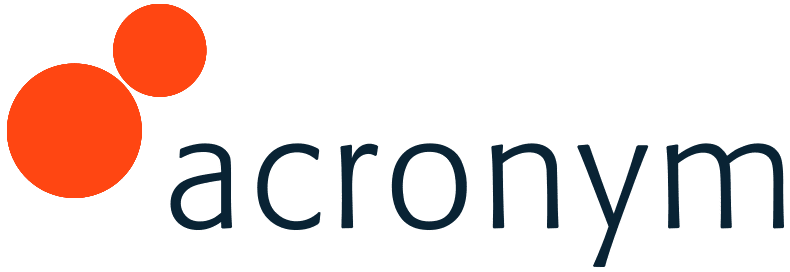By Anne Christensen, Manager, Paid Social
With social media user audiences and ad investments expanding worldwide, the quality of creative content in social media campaigns is more crucial than ever. Given the rise of AI-driven targeting and increasingly visual platforms, the creative elements of your ads can make or break your campaigns.
Social media platforms and their audiences continue to grow, with 4.9 billion people globally and growth projections expected to hit 5.85 billion users by 2027.(1) With such a hub of activity, social media marketing is growing accordingly- with a projected rate of spend of $247.30 billion by 2027(2).
Marketers must continually refine their strategies and tactics to compete, and ensuring creative standards is critical. High-quality creative not only captures attention but also drives engagement, builds brand reputation, and ultimately leads to higher conversion rates. According to recent studies, ads with high-quality creative can see up to a 30% increase in engagement compared to those with lower quality (3).
In this article, we will cover the importance of quality creative in paid social campaigns and provide actionable tips to help you optimize your ad content for maximum impact.
Maximizing the Impact of your Paid Social
To capture audience interest, stand out and drive conversions, make sure your creative is top notch. Here’s tips and key areas to focus on to do that:
Ad Copy Best Practices
- Use a Call to Action (CTA): The ad should prompt the audience to complete the desired action of your ad. While social platforms provide a CTA Button, you will want to tell your user what to do with crisp, descriptive text on the button/CTA area: “Click now for the best rates”, “Book now and save 20%”, “Buy 3 get 1 free” and “Order a free sample today” for example.
- Storytelling: This is the heart of social media marketing. You want to create engaging content that will make people want to engage with your organic post or paid social ad. It consists not only of your brand voice but also of your brand images.
- Know Your Target: Understand what they need, their challenges, and what interests them. Use their kind of language and stay away from confusing jargon.
- Keep It Simple: Keep ad copy short and simple. The average user scrolls quickly through social media, so grabbing their attention without clicking on a prompt like “See More” is important.
- Images: Since images tell a story about your brand, product or service you will want to make sure images are of the highest quality, lifelike, not ‘staged’ and be file format of either JPEG or PNG. Ensure you know who owns the image and have the legal right to use it.
- Brand Voice: The unique personality that sets your brand apart from others. It needs to be consistent throughout all communications, including email marketing, websites, blogs, PR releases, and ads, no matter what channels you are on.
Quick Checklist for Ad Copy
After you have built your ads, be sure to check them against this list:
- Ensure your copy is catered to end user (prospecting vs. remarketing.) Ensure the prospecting message speaks to broader messaging (what is the product?) and remarketing speaks to specifics (product features, more info on R&B, offers, activities, etc.)
- Character counts are crucial and each social media platform has its set limits. Keep these in mind as you create your ads, and consider the kind of ad display- mobile versus desktop.
- Copy should be no longer than:
-
- Headline/Link Description: (We generally suggest the first letter be capitalized on a headline in a sentence.)
- Single Image Ads – 30 characters
- For carousels, ideally 20 characters or less
- Body text – 125 characters for remarketing; for prospecting, less than 280.
- Headline/Link Description: (We generally suggest the first letter be capitalized on a headline in a sentence.)
Visual Elements
Beyond securing the correct visual for your ad copy, message and goal, be sure your visual elements tell a story at a glance- seconds determine whether your audience’s attention will be captured, or they keep moving on.
Choosing Images
When selecting an image for your organic or paid social ad, it’s important to consider factors such as quality, size, relevance, target audience, and alignment with your brand. Given that a 1:1 aspect ratio is optimal for both desktop and mobile viewing, this should be a key consideration in your image selection process.
Consider two images, both featuring a resort pool with lounging chairs and an ocean backdrop. One of these images will be ideally suited for cropping into a 1:1 aspect ratio. Can you identify which one?


If you picked the image with the palm trees centrally located, you’re right! The placement of the palm trees draws the viewer’s attention directly to the center of the image. On the other hand, the image with the umbrella crops somewhat awkwardly on the left, leaving the umbrella seemingly suspended in mid-air.
Image Files and Aspect Ratios
Again, each social media channel will have guidelines and requirements on image files and their aspect ratios, depending on how you set them up. One best practice to keep in mind as you build is to start with the channel, create a base image at one set aspect ratio, then plan for resizing and creating a secondary dimension- this will give you options at setup.
Video Creative Best Practices
Video is increasing in popularity and performance, especially on Facebook (Meta). Make the most of this creative following these tips:
- Ensure branding is in the first three seconds, as the average view time is short for most viewers, and many users scroll quickly.
- Ensure videos are generally around 15 seconds but 30 seconds at most. Please note that there is a maximum of 15 seconds per story.
- Ensure your video is made for vertical use so it’s mobile-friendly. Consider using a 1:1 (square) or 9:16 (vertical) ratio to frame your story and make the most of mobile real estate. Use close-in shots, easily legible text, bright colors, and faces for small screen use.
- Capture attention quickly: Be sure to put the most compelling part in the first few seconds. Feature product or brand message early.
- Best practice is to use sound and captions. There are large audiences who stay on mute, but also those that have sound on, so you want to ensure it’s a good experience for both.
- Use an eye-catching thumbnail and tailor the story/text to your audience.
QA and Review your Work
Finally, after building your ads and to ensure you are ready to schedule and run, use this handy checklist to double-check your ads:
✓ Did I follow the project/campaign objectives?
✓ Does the creative copy cohesively reflect the images?
✓ Is there a clear call to action? Does the CTA make sense for the ad?
✓ Have I followed the brand guidelines/voice?
✓ Is the ad copy reflective of the target audience/type? Demographics? Location?
✓ Have I stayed within character counts?
Conclusion
The quality of your creative content is crucial to the success of your paid social media campaigns. High-quality ad copy, compelling visuals, and engaging video content can significantly enhance your campaign’s performance, driving higher engagement and conversion rates. Continuous optimization and adherence to best practices are essential.
Feeling overwhelmed? You don’t have to navigate this complex terrain alone. Acronym specializes in crafting top-notch creative content tailored to your brand’s unique needs. Contact us today to elevate your paid social media campaigns to the next level.
Sources:
1 – DemandSage
2 – Forbes Advisor https://www.forbes.com/advisor/business/social-media-statistics
3- Ipsos https://www.ipsos.com/en-us/can-award-winning-ads-be-effective










